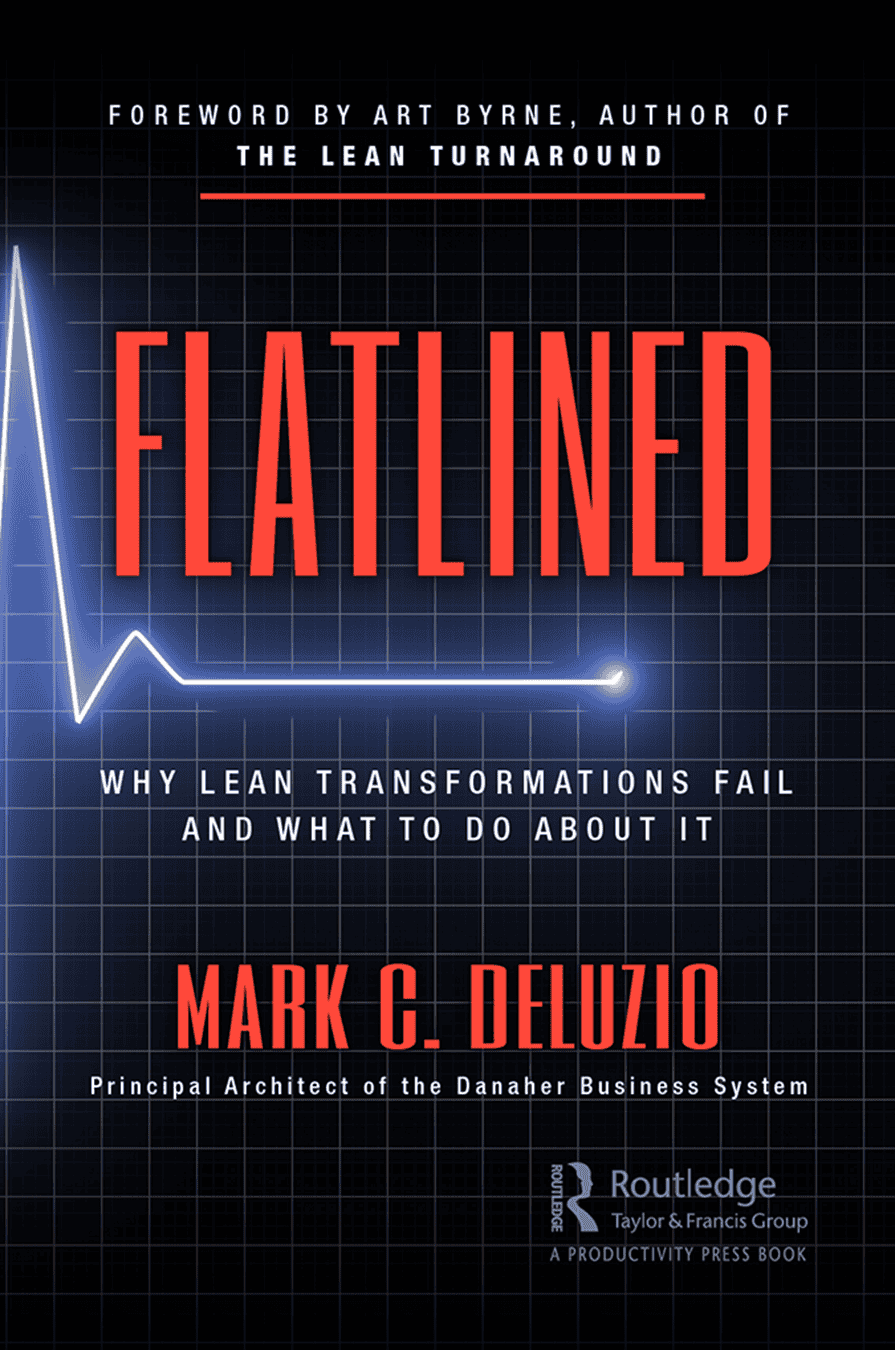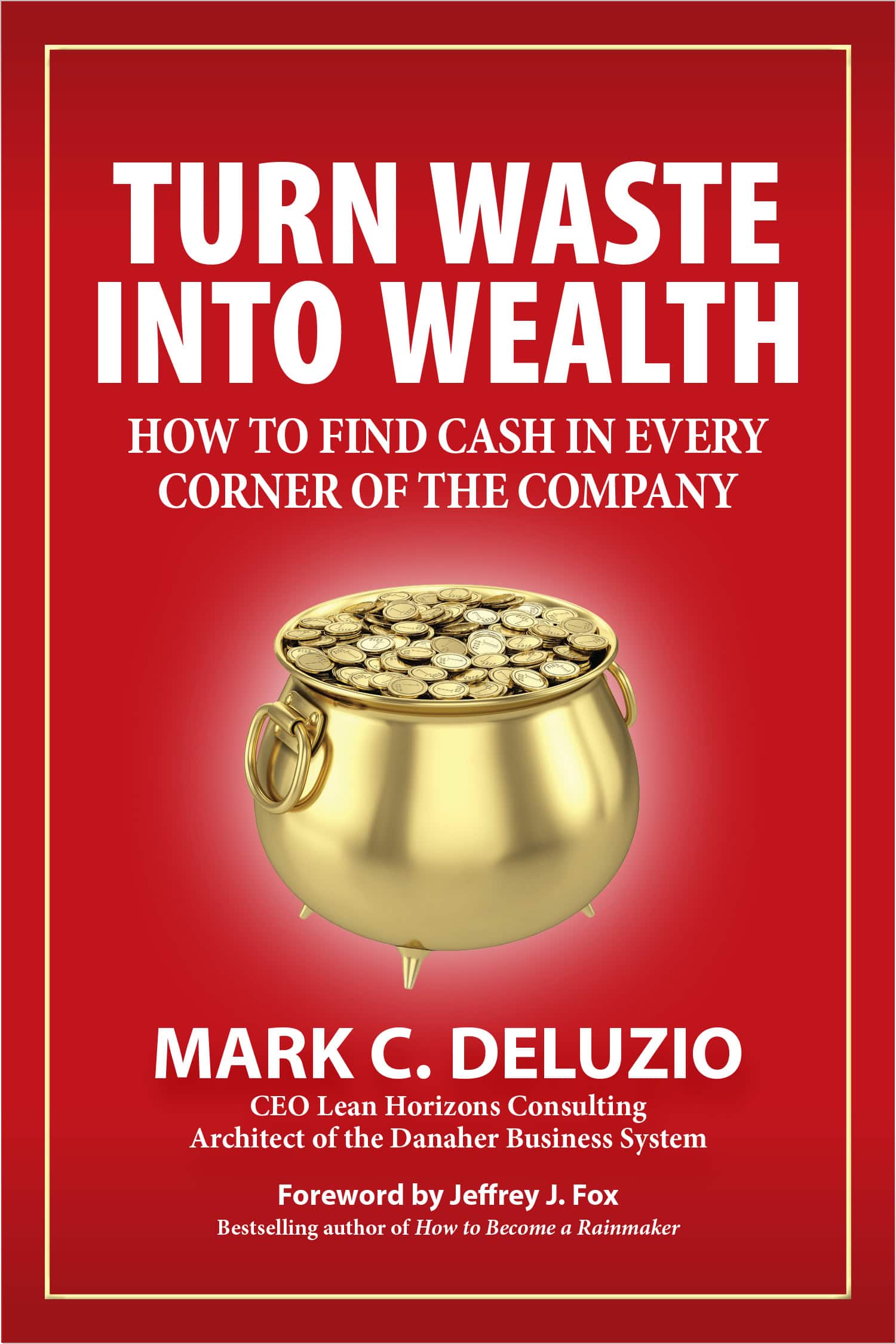The importance of purpose in Lean transformations is often overlooked by executives, even as Lean concepts get plenty of airtime in annual reports, shareholder presentations, and glossy slide decks. Yet despite the fanfare, most Lean transformations stall, or worse, collapse into little more than tool rollouts.
Why? Because they skip the one thing that actually determines success: Purpose.
Lean transformation isn’t just a question of how you implement tools like kaizen or kanban. It’s a question of why your organization is taking action in the first place, and why anyone — your employees, your customers, your investors — should care.
So, for executives, this isn’t just about operational efficiency. Purpose is what ties Lean directly to long-term financial performance, competitive advantage, and stakeholder alignment. It’s the difference between cost-cutting exercises that erode trust and a transformation that drives sustainable value for employees, customers, and investors alike.
Without a clear, shared purpose that connects directly to your strategic imperatives, Lean becomes another short-lived management initiative, not a competitive advantage.
The Executive Questions That Matter
Lean transformations often fail not because tools are misapplied, but because executives skip the hardest questions:
- Why are we doing this?
- Why should anyone care?
And these aren’t theoretical.
Every strategic initiative competes for attention, resources, and commitment. If your executive team cannot clearly articulate why Lean matters — in terms of competitive advantage, sustainable financial results, and enterprise-wide alignment — employees will treat it as another checkbox exercise, customers won’t notice the difference, and investors may see costs without long-term value.
“Do you think your customers really care how many Kaizens you do? I don’t think so. I think they care more about on-time delivery.” — Mark DeLuzio
Purpose must tie directly to outcomes that matter to each stakeholder group, not just meaningless or misleading metrics. Employees need a reason to invest discretionary effort in improving processes. Customers need confidence that your organization consistently delivers value. Shareholders need reassurance that decisions balance profitability with ethics, culture, and long-term growth.
Answering these questions honestly creates a foundation for real transformation in culture. Skipping them leaves Lean as a set of tools, not a system, and guarantees that the organization will miss the performance gains it could otherwise unlock.
The Lean Trilogy: Aligning Employees, Customers, and Shareholders
Once executives have tackled the “why” and “why should anyone care” questions, the next step is defining purpose around the key stakeholders whose success drives overall business value. This is where the Lean Trilogy comes into play: employees, customers, and shareholders.
Lean transformation succeeds only when all three groups benefit. This principle is simple, but often ignored.
Treating improvements as a zero-sum game, where gains for one stakeholder come at the expense of another, undermines both performance and trust. Employees disengage, customers defect, and shareholders see short-term savings eroded by long-term risk.
“Customers vote with their feet and with their wallet, and sometimes you don’t even know they’re gone.” — Mark DeLuzio
For executives, the ROI of true alignment in this trilogy is profound. Investment in employee engagement, from psychological safety to skill development, multiplies process improvements. Attentiveness to customer experience beyond product specs reduces hidden costs like defections and lost lifetime value. And thoughtful stewardship of shareholder interests builds a reputation for sustainable, ethical growth.
In short, the concept of purpose is not abstract. It is the strategic lever that coordinates behavior across the enterprise, turning Lean from a collection of tools into a system that drives measurable financial and competitive outcomes.
Employees and Customers – Cornerstones of Purpose-Driven Lean
Ultimately, purpose in Lean begins with people.
Engaged, secure employees are the engine of any transformation, and executives set the tone. A no-layoff commitment tied to Lean transformation creates the psychological safety employees need to identify inefficiencies, share ideas, and experiment without fear. When employees feel protected and valued, they move from passive participants to active problem-solvers, driving productivity gains that far exceed temporary savings from cost-cutting.
“Everybody assumes they know what employees want. Really, how do you know? Have you asked them? And then once you find out, you need to monitor that and measure it like any other KPI.” — Mark DeLuzio
But purpose doesn’t stop with the people who are employed. It extends outward to customers, whose expectations define the value of every process improvement. And what do customers really care about? Reliability, quality, and responsiveness.
Executives who link Lean initiatives to actual customer value — such as on-time delivery, quality production, or predictable service — turn operational improvements into tangible competitive advantage.
By treating employees as strategic investors and focusing on true customer needs and desires, executives create a feedback loop where improvements reinforce each other: engaged employees deliver higher quality and more reliable service, which strengthens customer loyalty and, in turn, drives long-term shareholder value. Purpose becomes the common thread connecting internal capability to market success.
Shareholders and the Five Ps: Linking Purpose to Sustainable Value
Purpose-driven Lean ultimately extends to shareholders, too, who expect more than short-term gains. They benefit when executives align employee engagement and customer satisfaction with business outcomes, creating long-term, sustainable value.
Fair treatment of employees and consistent delivery to customers aren’t just ethical imperatives, they translate directly into financial performance, lower attrition costs, higher productivity, and stronger customer loyalty. When all three stakeholder groups thrive, shareholder returns rise as a natural byproduct, not through zero-sum trade-offs.
This holistic approach reflects the broader architecture of the Lean 5 Ps: Purpose, Principles, People, Plan, and Process.
Purpose sits at the top, guiding every decision, while Principles and People define behavior and engagement. Plan links strategy to execution, and Process applies the tools that make improvements measurable.
Skipping any of these elements undermines transformation, but when combined, they create a system where purpose drives measurable results across employees, customers, and shareholders alike.
Purpose, Communication, and Lasting Transformation
Purpose sets the direction, but communication keeps the system moving. Even the clearest purpose and most thoughtfully aligned approach to the Lean Trilogy will falter if employees, customers, and shareholders don’t understand what’s happening and why it matters.
“Communication is a process and it has to be continuous. You cannot over communicate when you have a Lean Transformation.” — Mark DeLuzio
Transformation is not a one-time announcement or a slide deck update; it’s an ongoing dialogue. Executives must continually answer the question, “What’s in it for me?” for every stakeholder, reinforcing how each Lean initiative supports shared goals.
When communication is frequent, transparent, and tied directly to purpose, employees stay engaged, customers see consistent value, and shareholders recognize sustainable growth. This continuous conversation amplifies the effects of the Lean 5 Ps, ensuring that Purpose, Principles, People, Plan, and Process work together to deliver lasting competitive advantage and measurable financial results.
For executives, the takeaway is clear: Lean is not about completing a checklist of tools. It is about embedding a purpose-driven, stakeholder-aligned system into the culture of the organization. And then keeping that system alive through consistent, purposeful communication. Only then does Lean transform from a set of activities into a source of enduring value.

